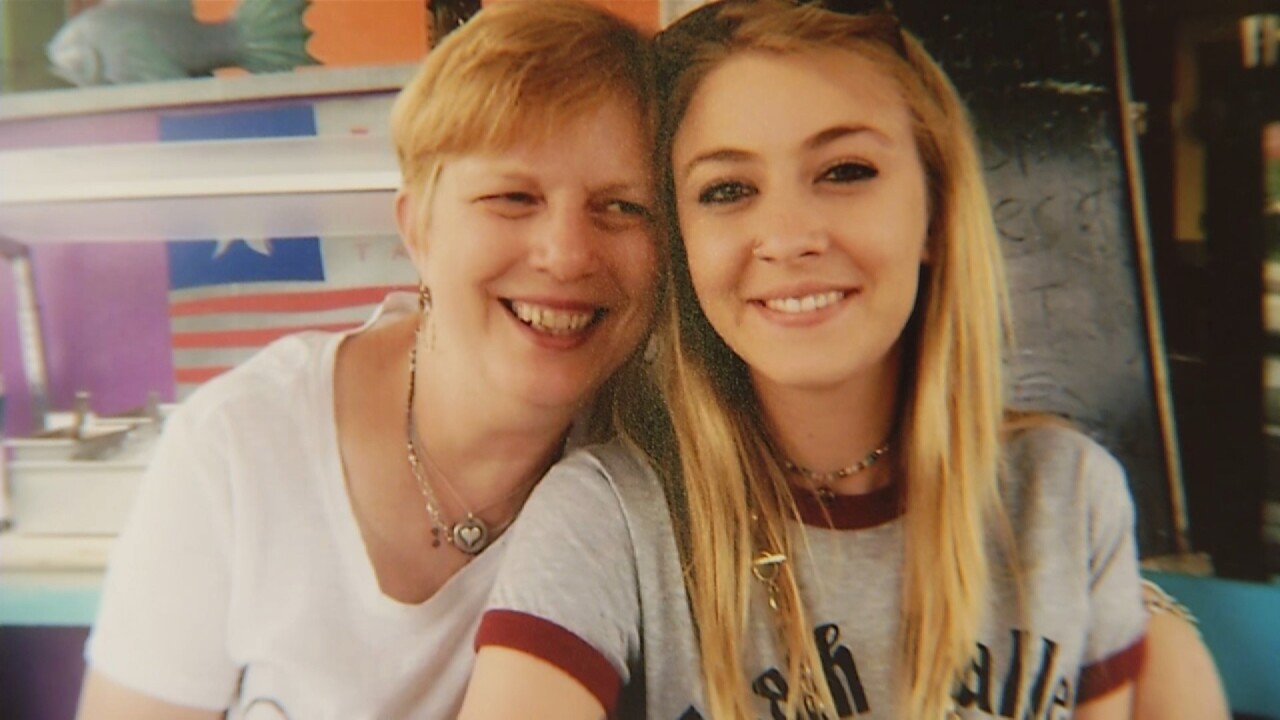BILLINGS — A kilogram of Fentanyl can kill up to 500,000 people. Even a two-milligram dose is considered lethal.
A manufacturer based in Mexico can produce that kilogram of fentanyl for about $8,000 but can then sell the 500,000 pills for millions in Montana, significantly more than near the United States-Mexico border. That equation is what has put the Treasure State square in the drug-trafficking crosshairs.
"They’re looking at citizens of Montana as future customers," said David Olesky, the acting special agent of the DEA Rocky Mountain Division. "When they see how much money they can make, you will see cartels coming into this area for a weekend at a time, collect their profits, and then return to their area."
Olesky has seen a lot. A 23-year Drug Enforcement Agency veteran, he’s worked in many of the world’s drug manufacturing epicenters. But America’s current fentanyl crisis is more personal than he's ever seen.

"My daughter Mary Kate passed away at 22 due to a fentanyl overdose," Carol Keenan said.
Keenan shared her daughter’s story at a DEA Family Summit in Billings last week. Mary Kate Keenan died eight years ago, before most had ever heard of fentanyl. There were just four fentanyl overdose deaths in all of Montana in 2017. Last year, there were 80.
One big reason: Access.
Billings is at the center of two trafficking corridors: one coming from Eastern Washington along Interstate 90, the other coming straight up I-25 from Denver. In those markets, fentanyl pills are everywhere.

"Prices are drastically lower in the Denver area, the Seattle area. Pills sell for $1 or less," Olesky said. "Come into this state, and we’re seeing pills sell for $60-80 for a pill, that takes cents to make."
Agents reported that number from the Fort Peck Indian Reservation. That's an outlier, but agents say prices are always higher on Montana's reservations.
"On the reservation, they’ll be selling for $10-15 a pill, the same pill you can get here for $4," said Cesar Avila, DEA Rocky Mountain Division Resident Agent in Charge. "The profit margins increase, so for a trafficker, that is the market they want to be in."
Avila has worked in Billings for two years, and he’s already seen a drastic change.
"It is definitely more noticeable. You can see impacts drugs are having in our community," he said. "People think, ‘It’s not that bad.' One of the myths is they feel like it’s not as bad as what it really is."

In reality, it is that bad, and it’s getting worse. Stories like Mary Kate Keenan - or this one from Avila - are becoming more and more common.
"The boyfriend handed his girlfriend what he though was just a regular Oxycodone pill, to help her with her pain," Avila said. "She was complaining something was hurting. He was being the good boyfriend. 'Here you go. I have these.' She took it. She overdosed. She died. He felt so bad that he committed suicide."
"When you see the numbers, if you see what’s happening, it’s not very encouraging," Keenan said of the fentanyl epidemic. "I hope in five years it’ll be better. I hope it will be, but it’s hard to say."
But someone has to be saying it.





